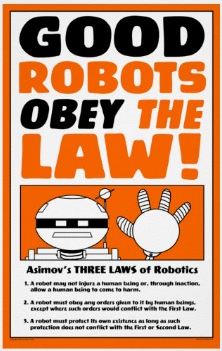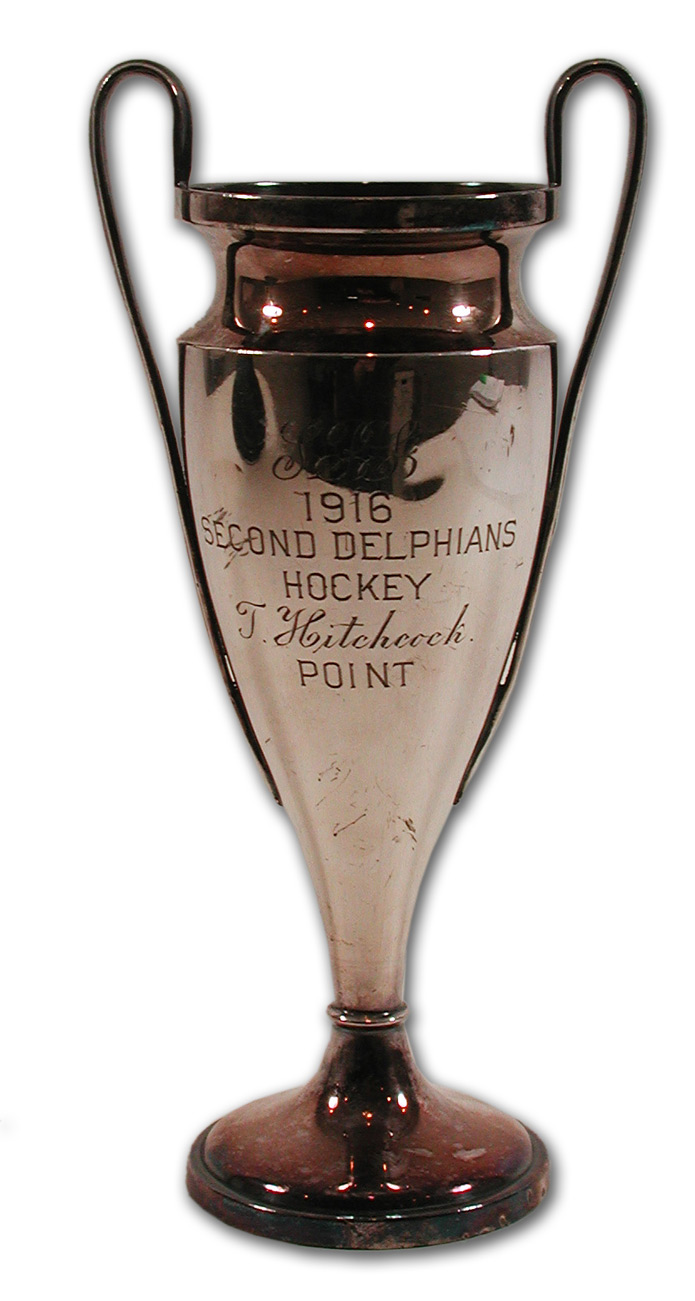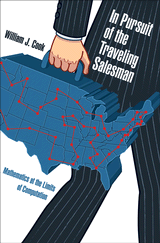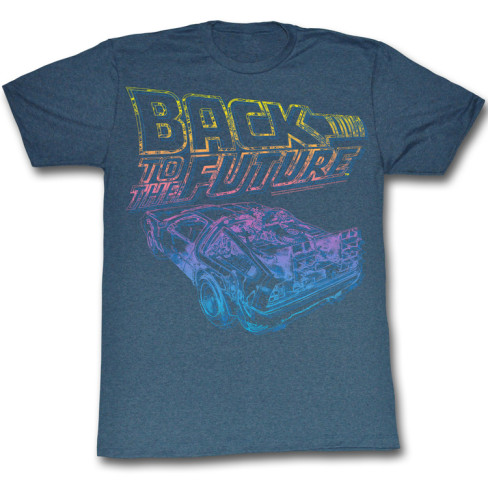Ten things to watch in 2014
At the start of the New Year the marketing/branding/digital design firm JWT releases a really cool and interesting collection of '100 Things to Watch' for the upcoming year - a collection of new ideas, trends, technologies, societal shifts, etc. that are meant to stimulate thinking and generate discussion. Many of the 'things to watch' are kind of uber-trendy and destined to be largely unimportant and fleeting, (fast food tofu, Oculus Rift, and Chinese Wine), but others, particularly the tech trends that JWT identifies have the potential to be more significant, enduring, and even influential in the design of workplaces and the nature and manner in which work is performed. And last year we even had some fun talking about some of these items, 'Adult Playgrounds' in particular, on the HR Happy Hour Show in the past.
The entire JWT slide presentation is embedded below, (email and RSS subscribers may need to click through), and after the deck I'll pull a few of the 'things to watch' that are likely to be more relevant and meaningful to work and workplaces.
So which of the 100 things should you as an HR and Talent pro be on the watch for?
Here are just a few from the JWT deck that I think you should keep an eye on.
6. Ambient Commerce - As a means to improve customer service, 'ambient' systems will use data and signals to track consumer needs, anticipate them in advance, and provide products and services before they are even requested. This is the 'smart refrigerator' that orders more milk for you one day before it thinks you are going to run out (or it spoils). For our workplaces, meeting this expectation of our customers is going to require us to spend more time and resources on new systems and methods to better understand what our customers are likely to want to do next based on what they have done in the past.
8. Arrested IRL Development - Growing up online and attached to your smartphone could mean an entire generation of new workers with less or even limited understanding of how to work, communicate, and socialize in real life (IRL). For HR and the workplace this could mean more time and attention spent in new hire onboarding programs on things like running and participating in meetings, writing and communicating more formally, and even how to handle yourself at a business meal or corporate cocktail hour.
11. Beacons - These are the signals that network-connected smartphones send and that are going to be increasingly used to identify, track, and customize the on-site shopping experience for customers at all kinds of venues. Retail store, museums, and even sporting events are just a few of the potential applications of this technology. For HR and work the implications are vast - but the first and most likely could be in retail or other high customer touchpoint businesses. Workers can be given much more specific, targeted information about customers and prospects prior to making initial contact, and will be required to process and evaluate much more information prior to engaging the customer as well.
25. Contemplative Computing - This is a big, catch-many things kind of idea, but the important element is meant to answer the question of 'How can our computing/devices/social networks become less of a distraction and burden and more of a helper, guide, and trusted advisor?' For work and workplaces, it is almost certain that many of our employees are already feeling significant information overload, (that is getting worse by the day), so smart organizations will take steps to ensure the systems and devices that employees use are not placing even more stress on them, and rather, are actually helping them get their jobs done, (which will make them less stressed out).
35. E-cigarette Regulation - This could be a big 'nothing to see here' kind of trend, as it can be really simple, especially for workplaces, to interpret and treat E-cigarettes the same way most of us treat tobacco products already (banned at work, we won't hire you if you use them, if you do use them be prepared to pay 476% more for your company-sponsored medical insurance, etc.). But if the E-cigarette market continues to grow, and employees and customers push back on rules and regulations that restrict their usage, then HR will need to sort out the best way forward. Or you could just pro-actively ban them tomorrow and not worry about this one.
37. Equal rights for men - This one might provoke some calls of BS from readers, as the workplace has pretty much always been a man's world, so rather than try and convince you on this, I will just pull the quote from the JWT slide and let you make your own determination if or when this trend might impact your organization.
According to our research, men feel it has become harder to be a man today, and harder to succeed in the working world as a father and husband. Watch for a rise in male-focused support systems and advocacy groups as society comes to understand that many me would be well-served by some of the mechanisms in place to boost women.
41. Glanceable User Interfaces - Think about the best, most helpful, and easiest to use apps you have on your phone right now. Chances are they provide just the right amount of information to make a decision or get a needed update in just a glance or a swipe. So much of how we process, take in, and interpret signals and information is happening on tiny screens that we operate with one thumb that designers and developers are challenged to make what is presented on the first glance be meaningful and relevant. For you, it means one thing primarily - distill your delivery of information as far down as possible, and make it work on a 4-inch screen. Unlike this post, which is going to clock in at over 1500 words I bet.
47. Hashtag fatigue - What once was a clever way to help organize and make findable related information on social networks has morphed in many instances into an incredibly annoying game of 'Look at me and look at my stuff'. If you are a heavy Twitter user you know what I am talking about - people and brands 'hashtagging' unrelated (or even every single update) content with a popular or trending hashtag in a desperate and pathetic attempt to be noticed. If you do this personally or as a part of your HR/Recruiting game, you should stop. #Imeanit.
50. Human Touches - This is the natural backlash to an increasingly technology augmented and disconnected world. JWT sees opportunity for organizations that can figure out ways to supplement their technological interactions with customers (or for HR, employees or candidates), with personal and more human touches. This is not going to be easy for most, as the same technologies that enable processes to succeed at scale simultaneously work against the ability or capacity to allow more human contact. If you can figure our the best way to balance these conflicts however, you will likely have an edge in the markets in which you compete.
63. Minute to read it - In our increasingly busy, over-stimulated, and time-crunched world accurate estimates for the length of time it will take to read a report, process a transaction, or even sit in a meeting or phone call are becoming more and more important. How much more could you get done if you could only be more precise about how long it will take to actually get something done? For HR and Talent - maybe pushing back on your HR Tech providers to build this kind of predictive estimation into their tools would be a start. Think of annual benefits open enrollment or processing a self-appraisal. Giving employees and up-front (and smart, as it should be a learning algorithm) estimated length of time to complete would be a real win in most organizations.
That was 10 things that I thought were interesting and/or had some potentially relevant implications for HR and Talent pros, but looking through the entire list I could not stop at 10, so here are two more bonus trends to consider in 2014:
72. Robotic Security Guards - You know I could not resist shoe horning some Robot content into a piece like this, right? To me, this one is kind of a no-brainer. The technology already exists, the demand for this kind of solution seems likely to be significant, and it could even be a way to slowly introduce 'companion worker' type robots into more settings. In 2014 you might just have your first interaction with one of these.
97. Verified Reviewers - Ever wonder if those Yelp or TripAdvisor reviews that you rely on to make restaurant or travel decisions are actually real? Or if they are being left my people with similar tastes and sensibilities as yours? Well this trend, similar to the traditional old school newspaper movie or food critics, points to a future where the usually anonymous online reviewer ascends to a more verifiable (and possibly influential) position. What might that mean for your HR or talent role? Probably something that points to the importance of strong and trustworthy brand advocates, be they external to the organization, (thinking former employees most likely), or internal ones (that have developed a reputation for integrity that moves beyond company or brand shills).
So that's it - another epic take on the upcoming trends for next year, (I am sure you are sick of them).
What do you think? On the mark? Crazy?
Time will tell.
If you take a few minutes to have a look through the entire list, let me know what other 'Things to Watch in 2014' you think will impact the world of work.
 Design,
Design,  Technology tagged
Technology tagged  2014,
2014,  Technology,
Technology,  advertising,
advertising,  predictions,
predictions,  trends
trends  Email Article
Email Article 
 Print Article
Print Article 



